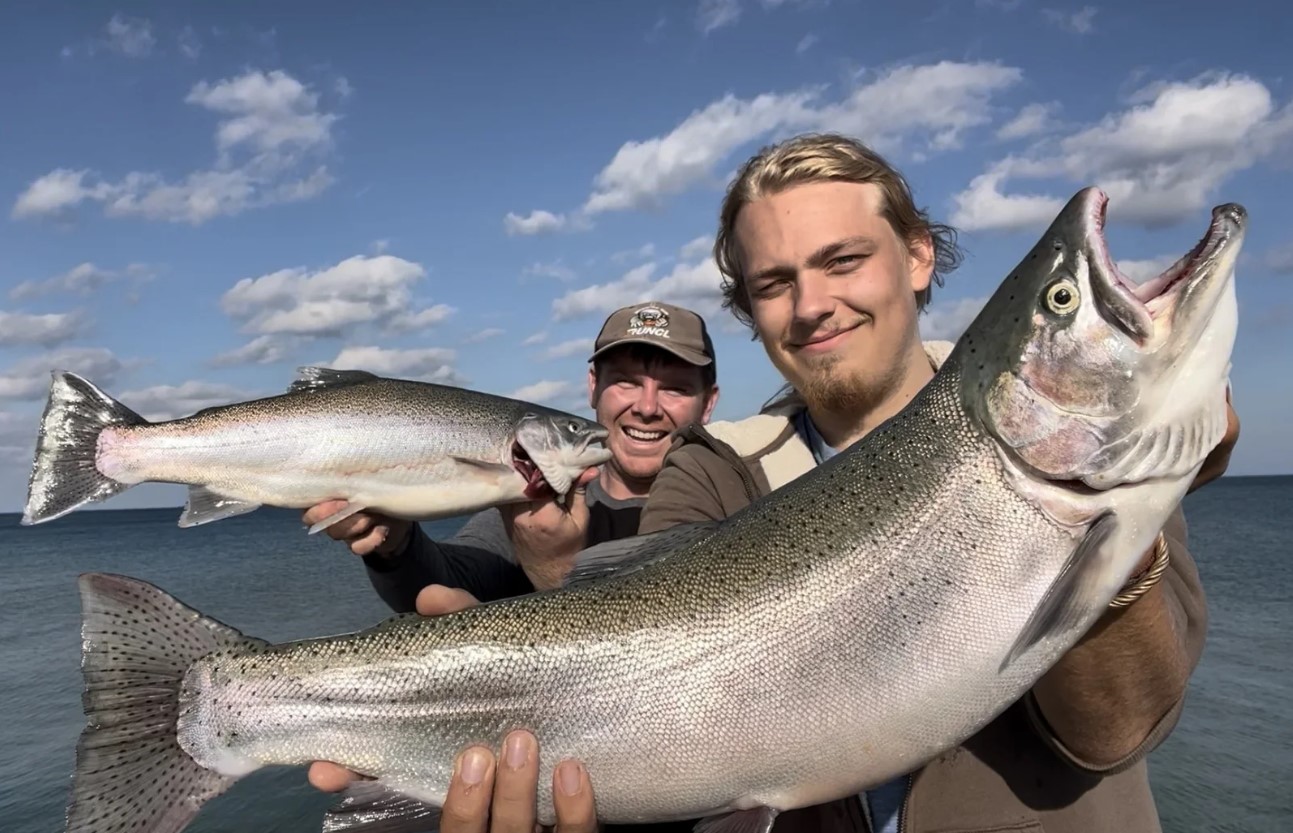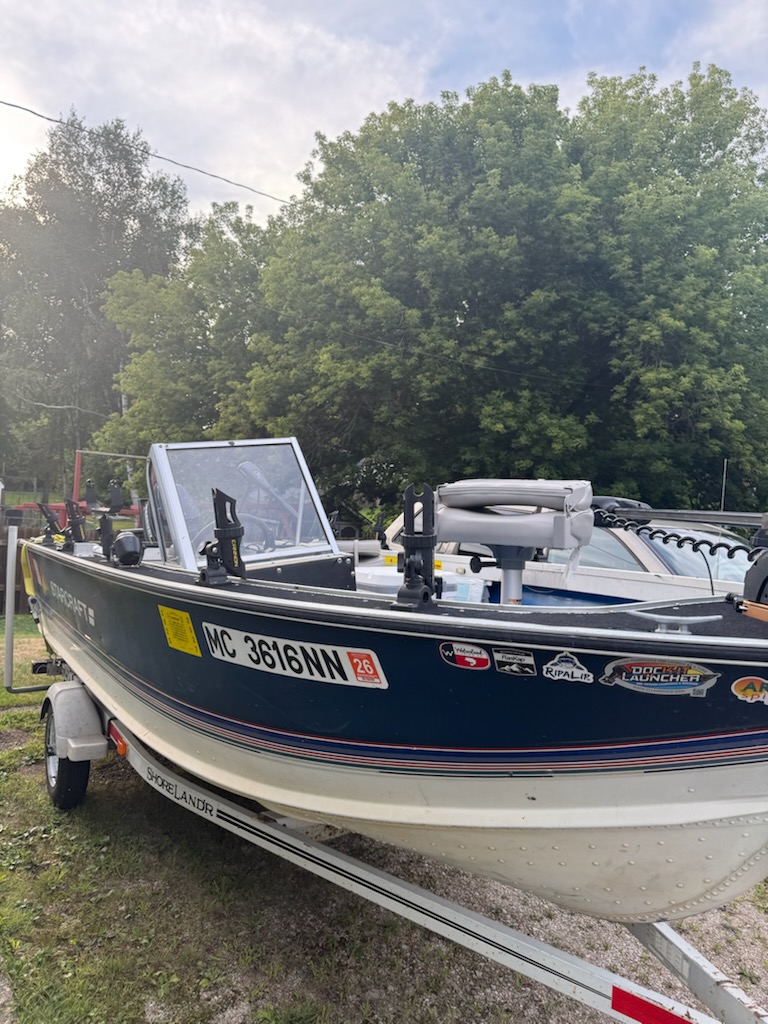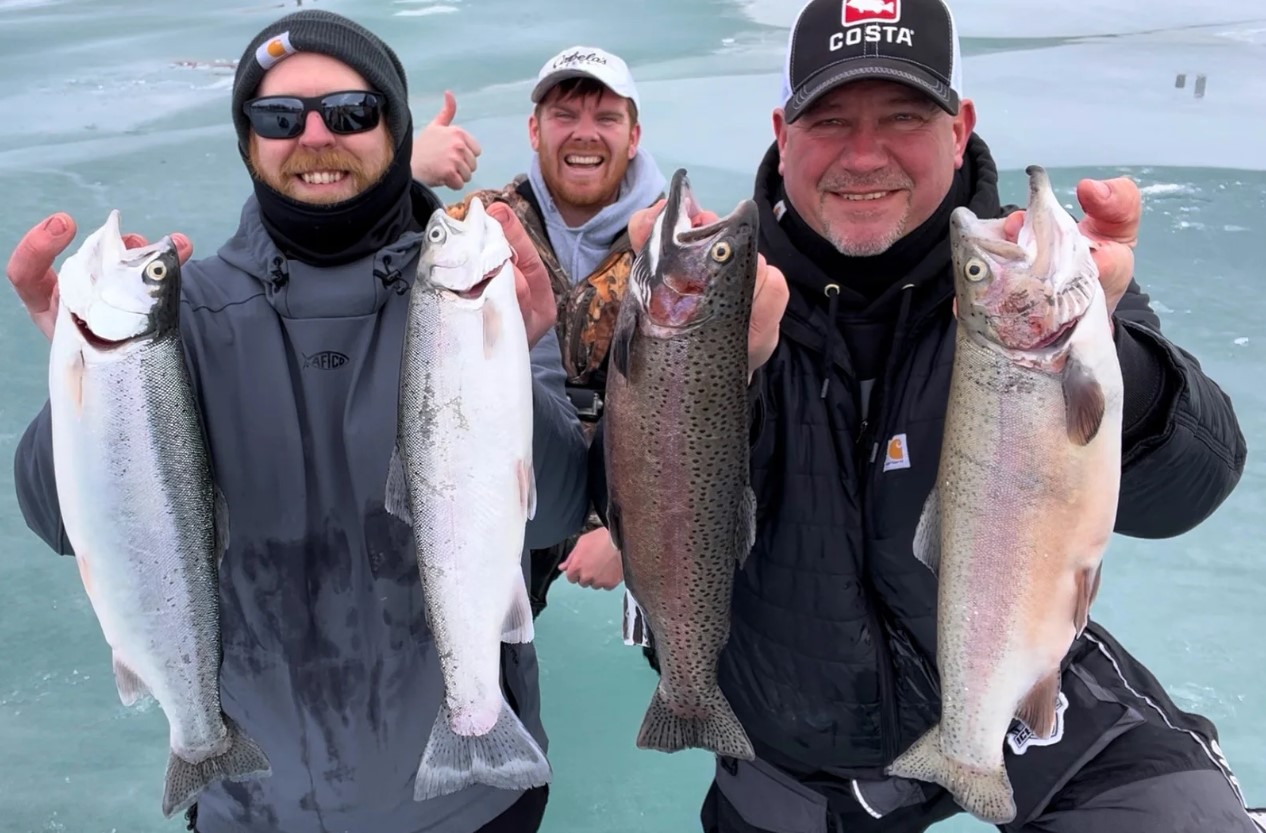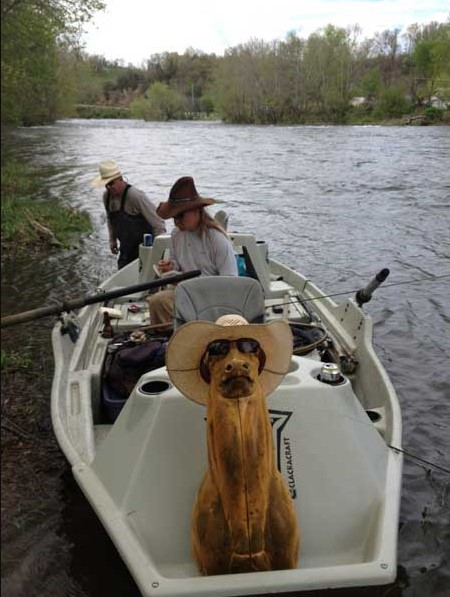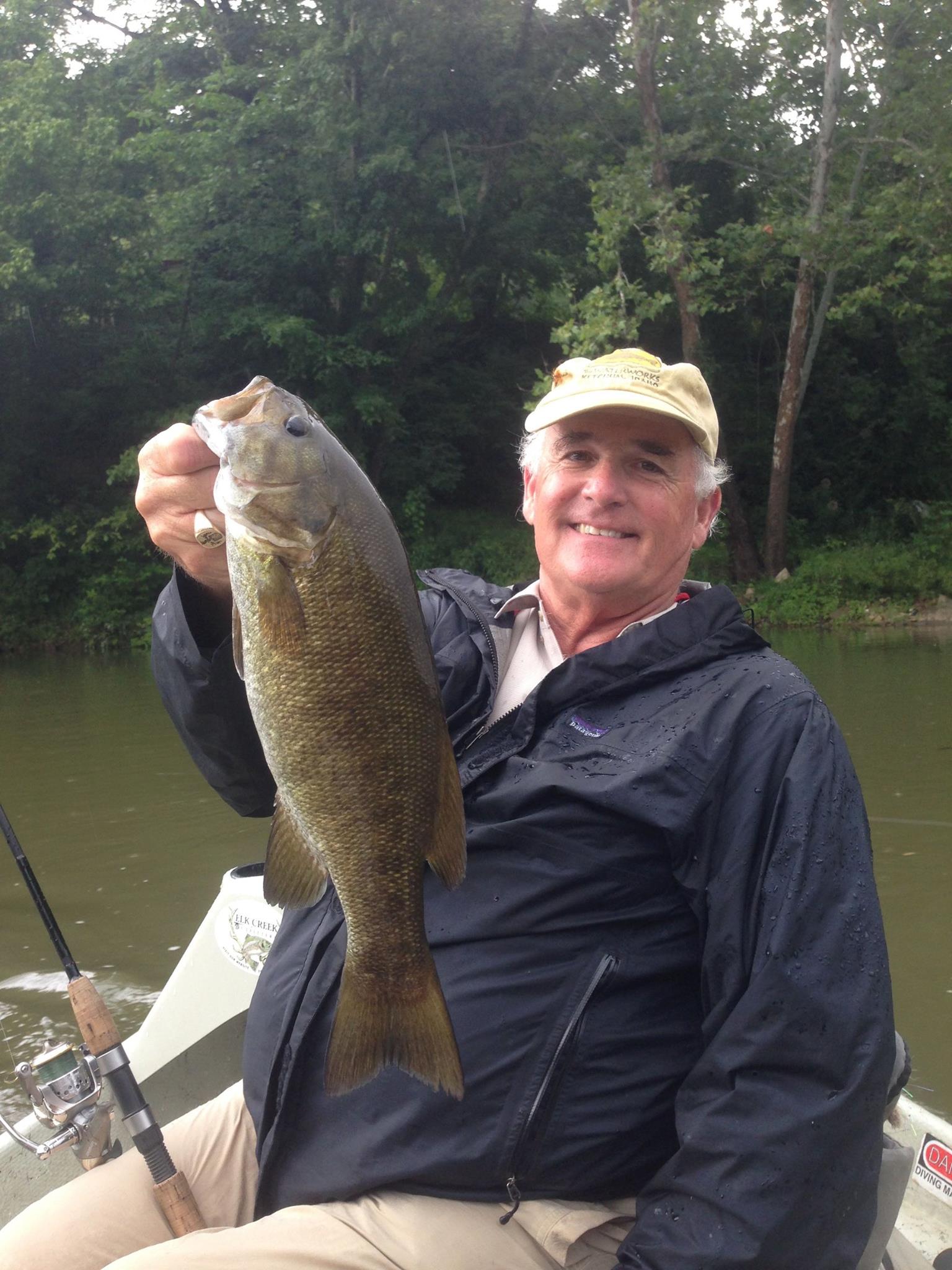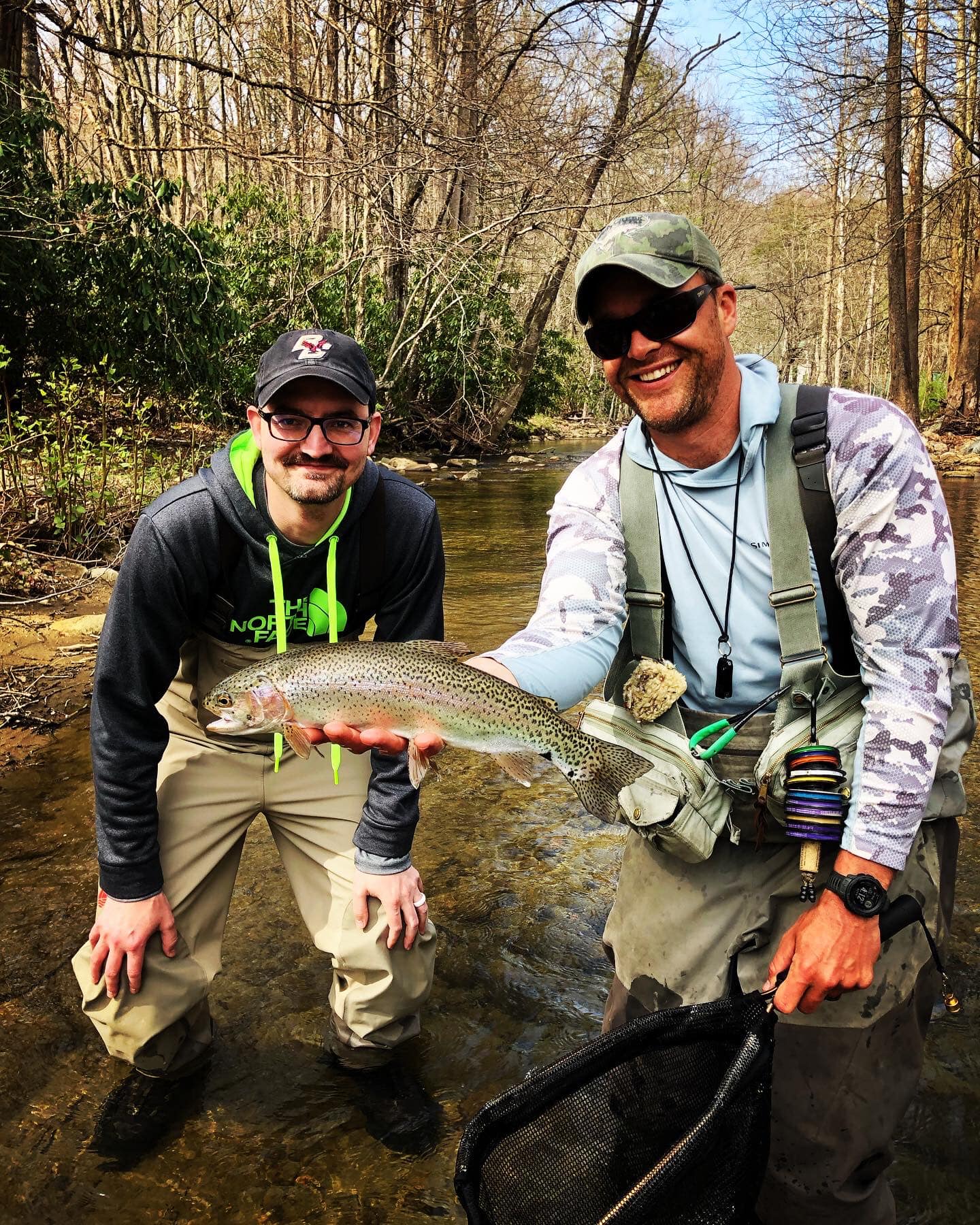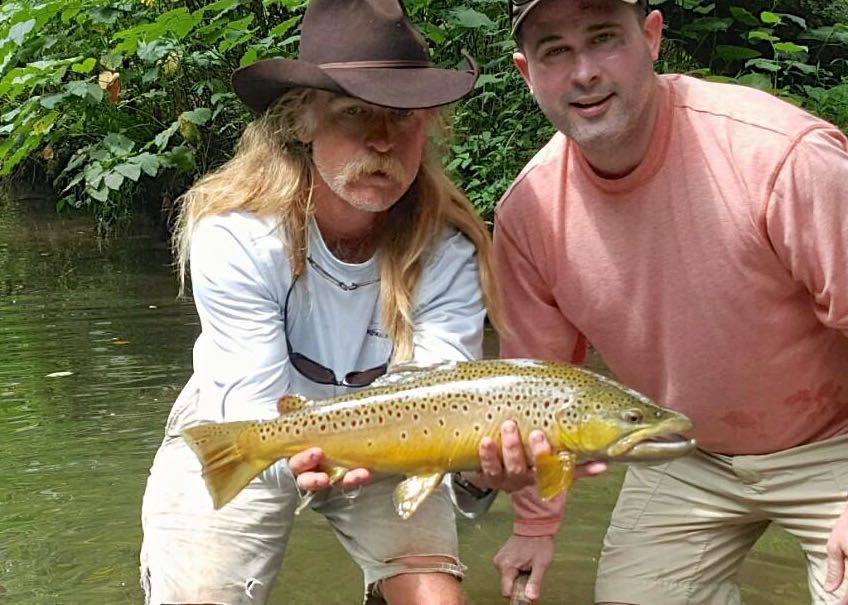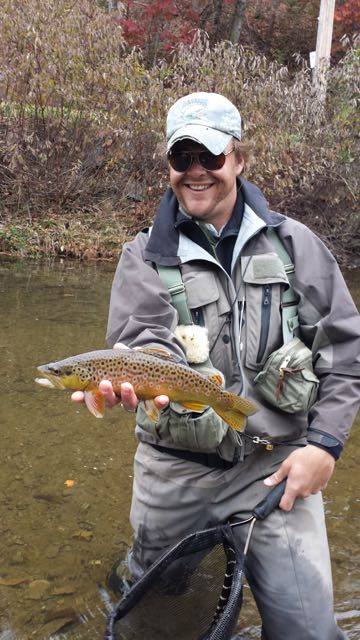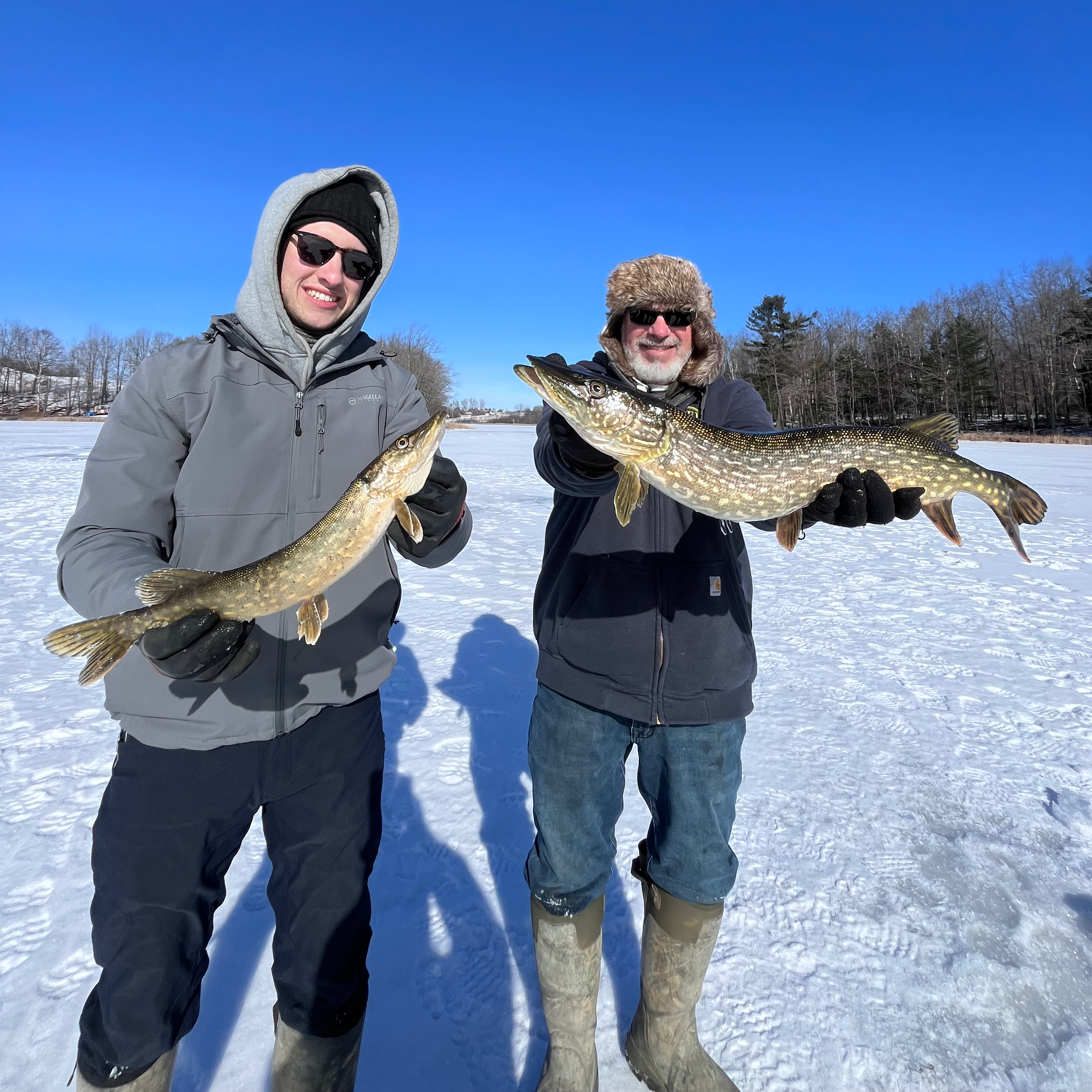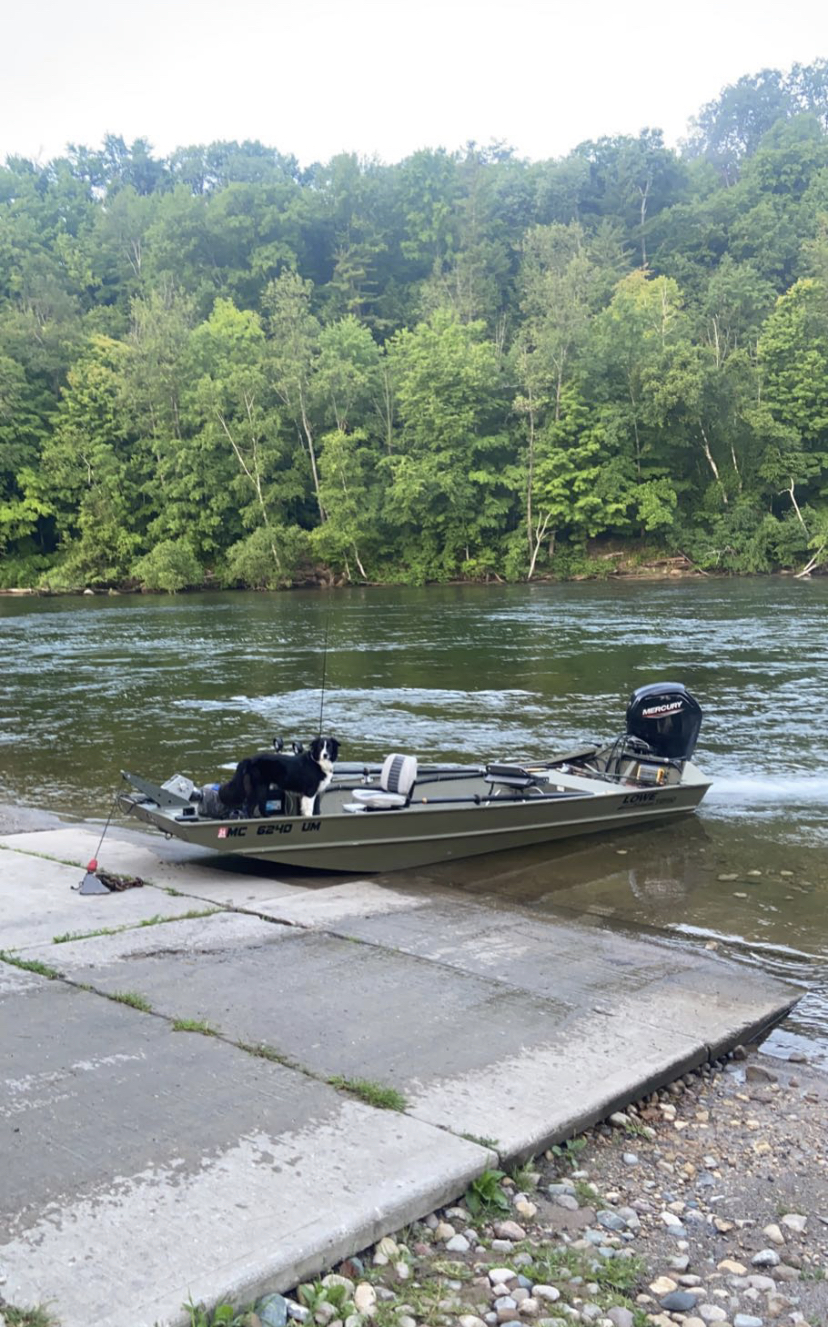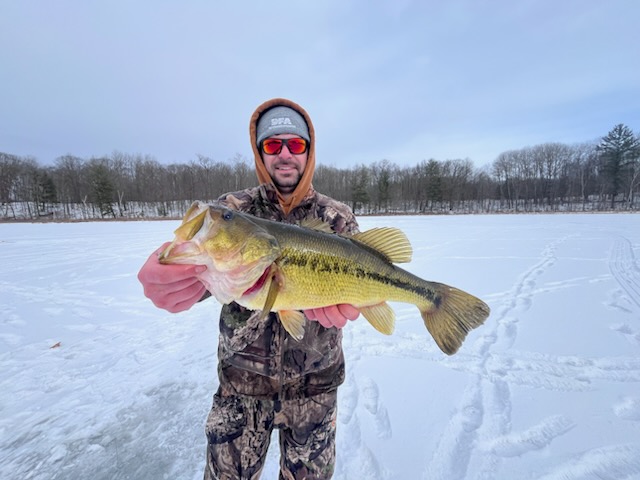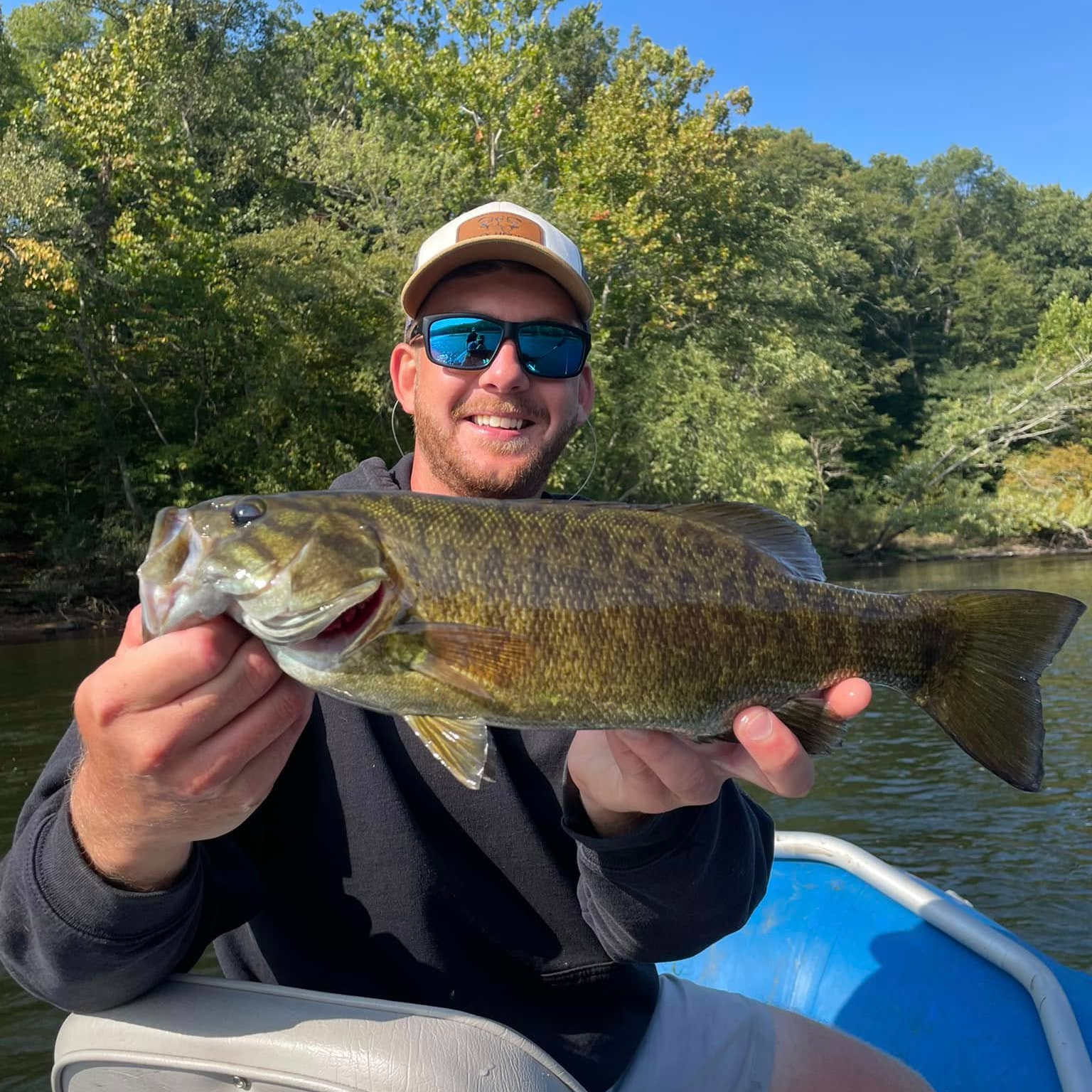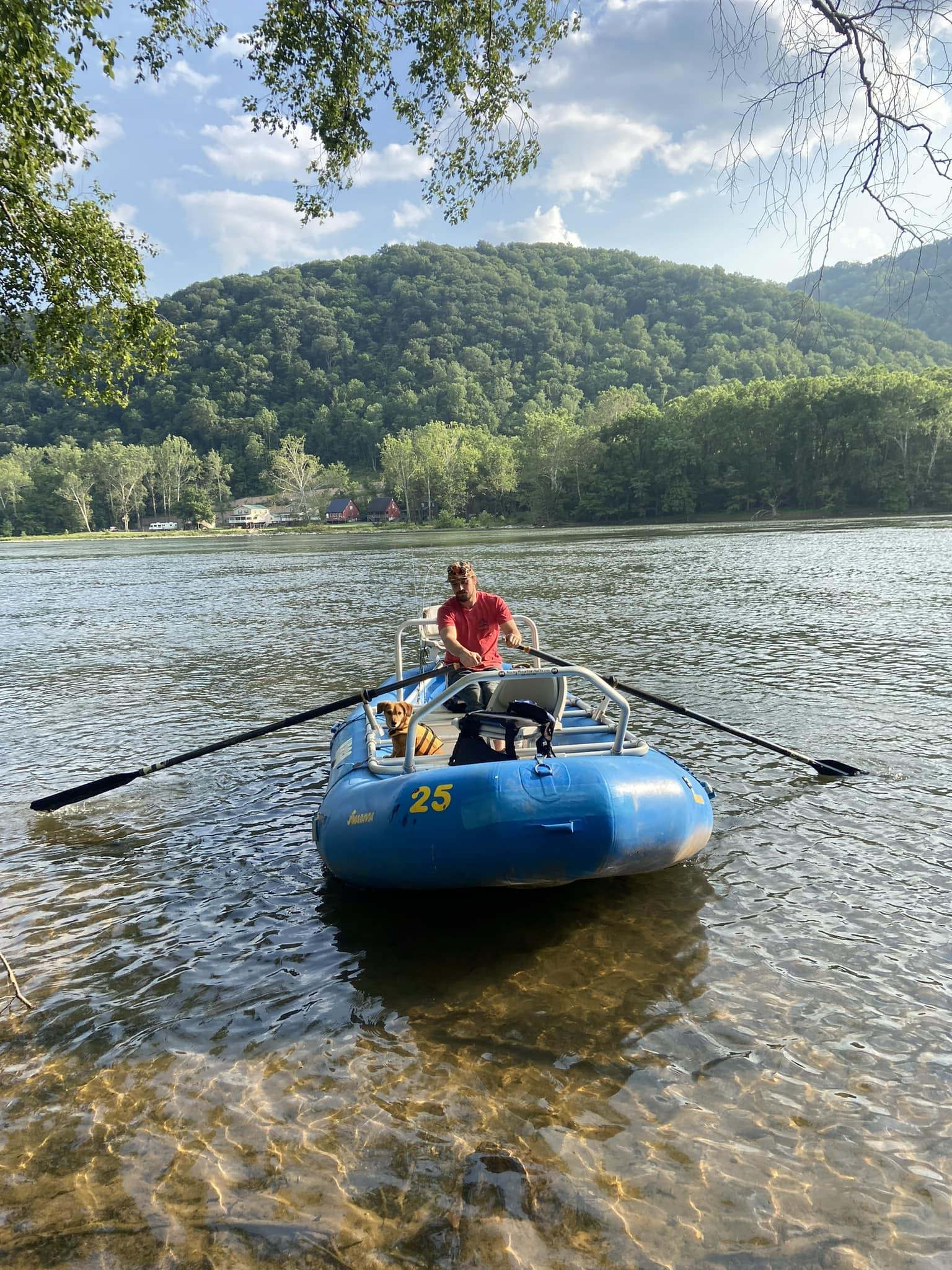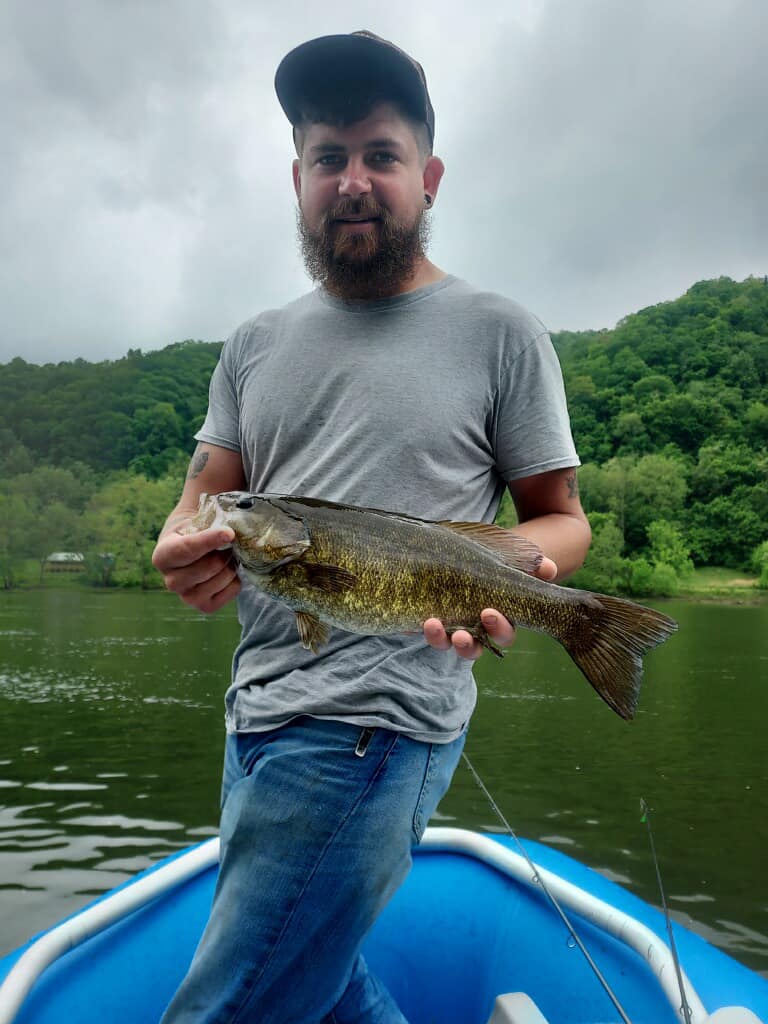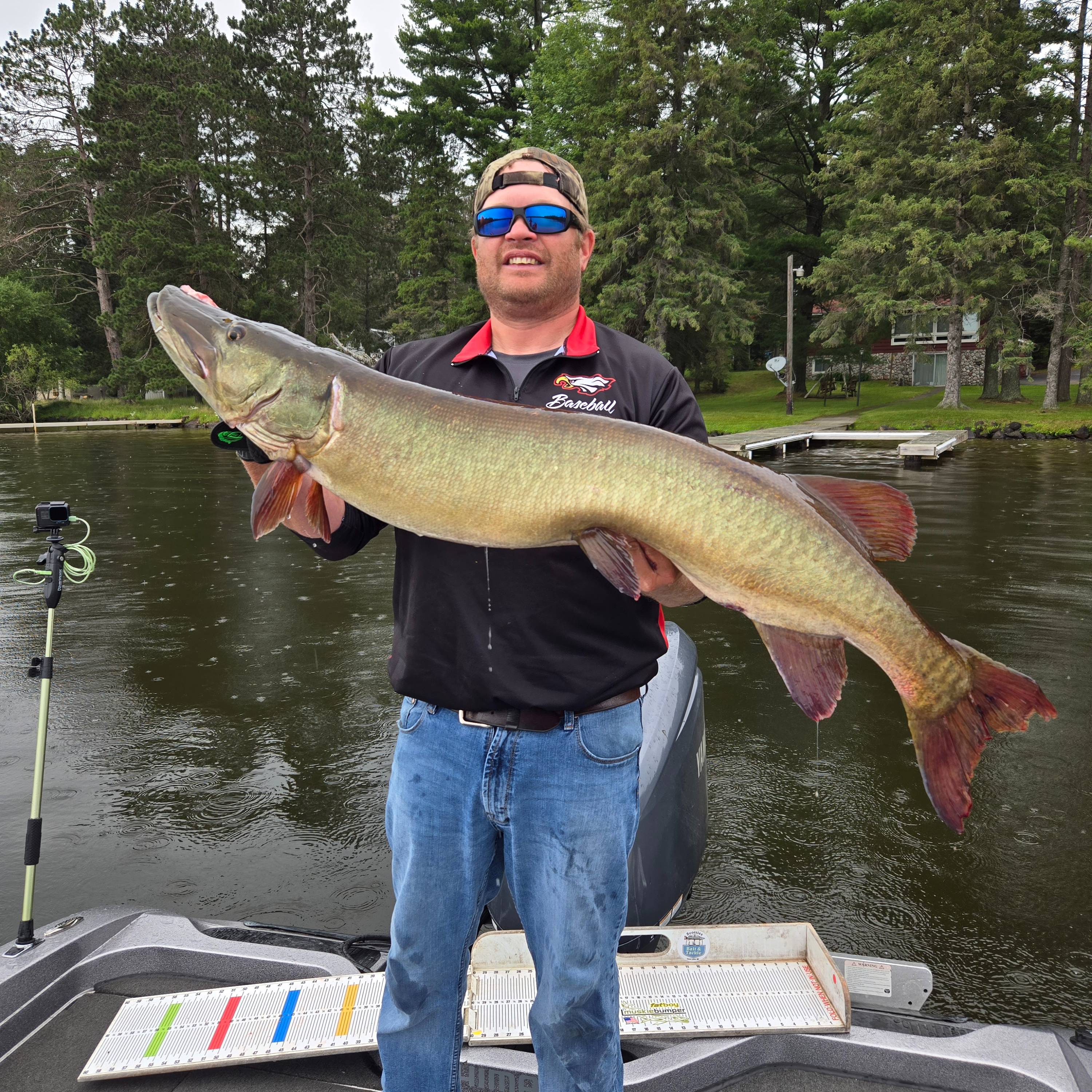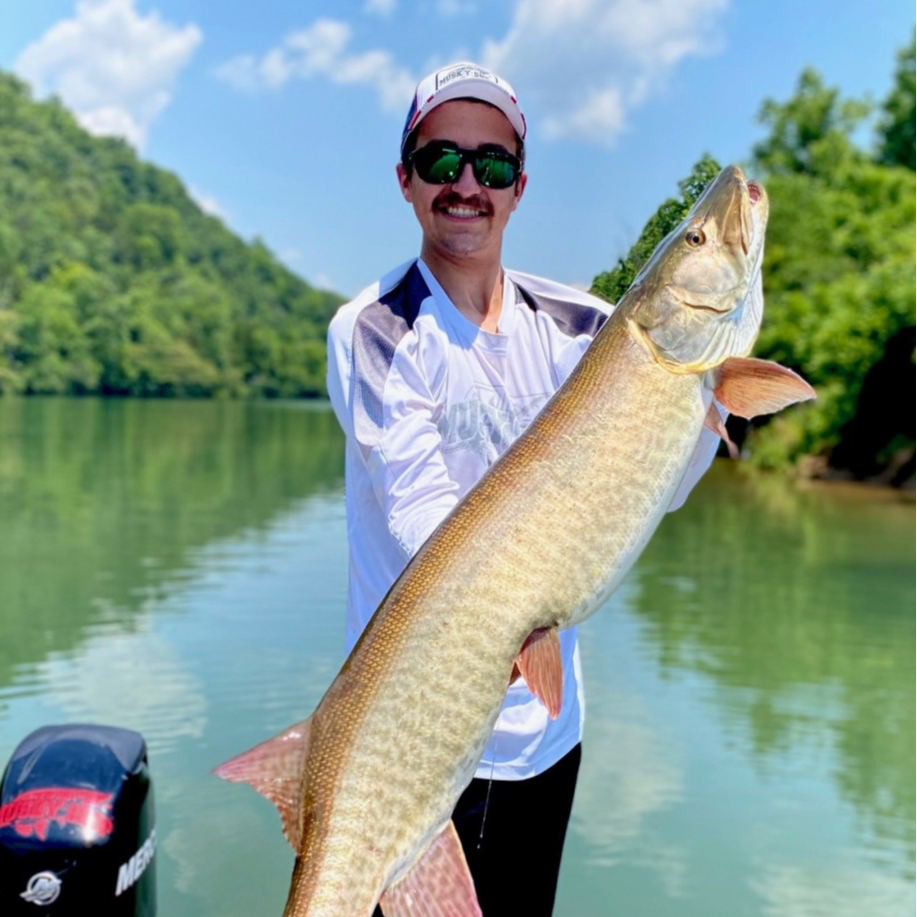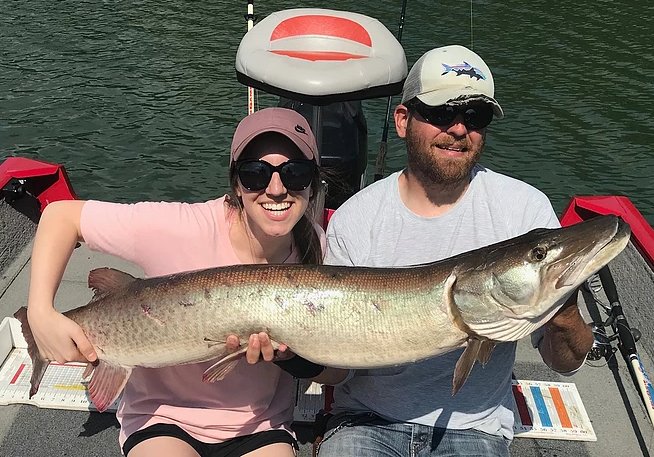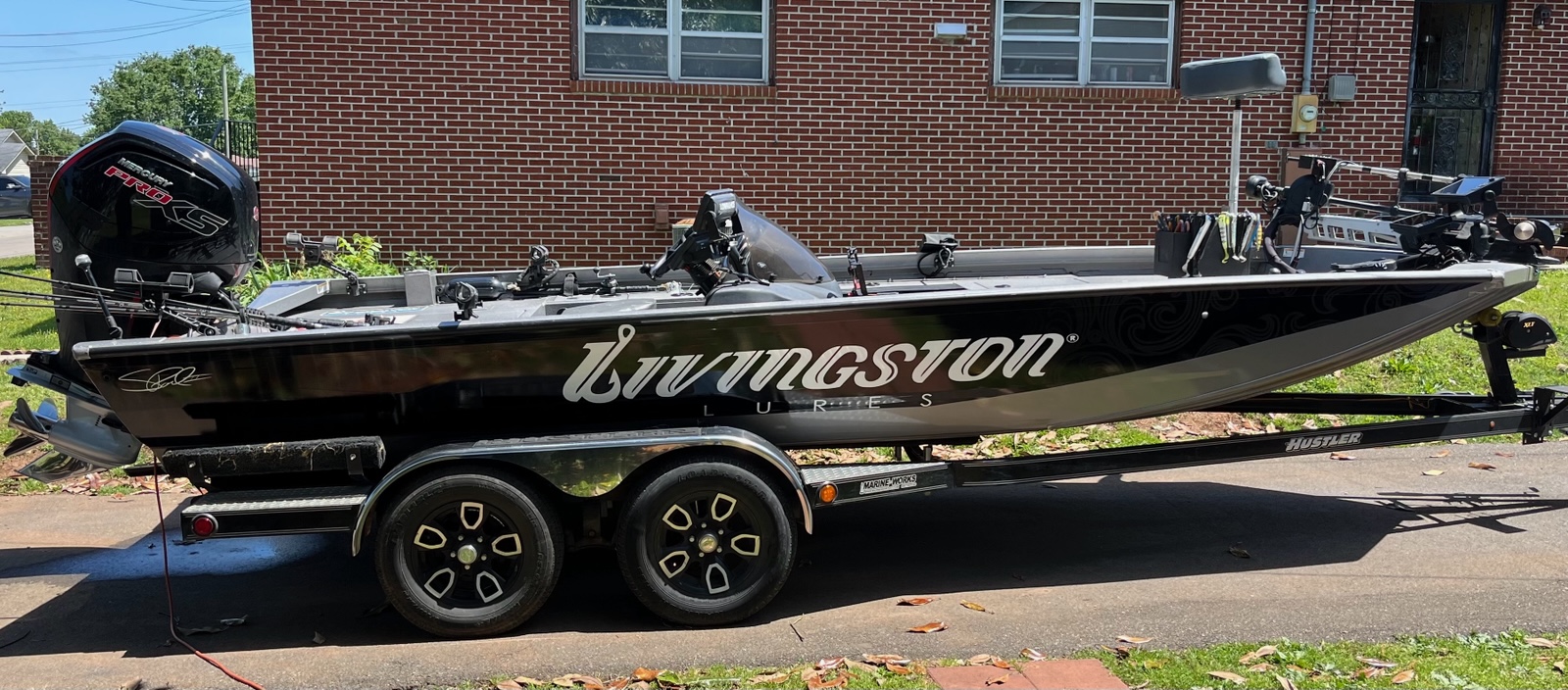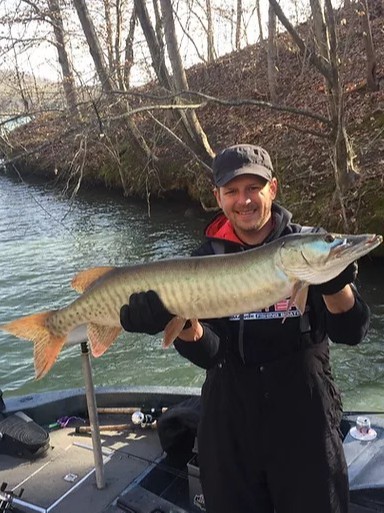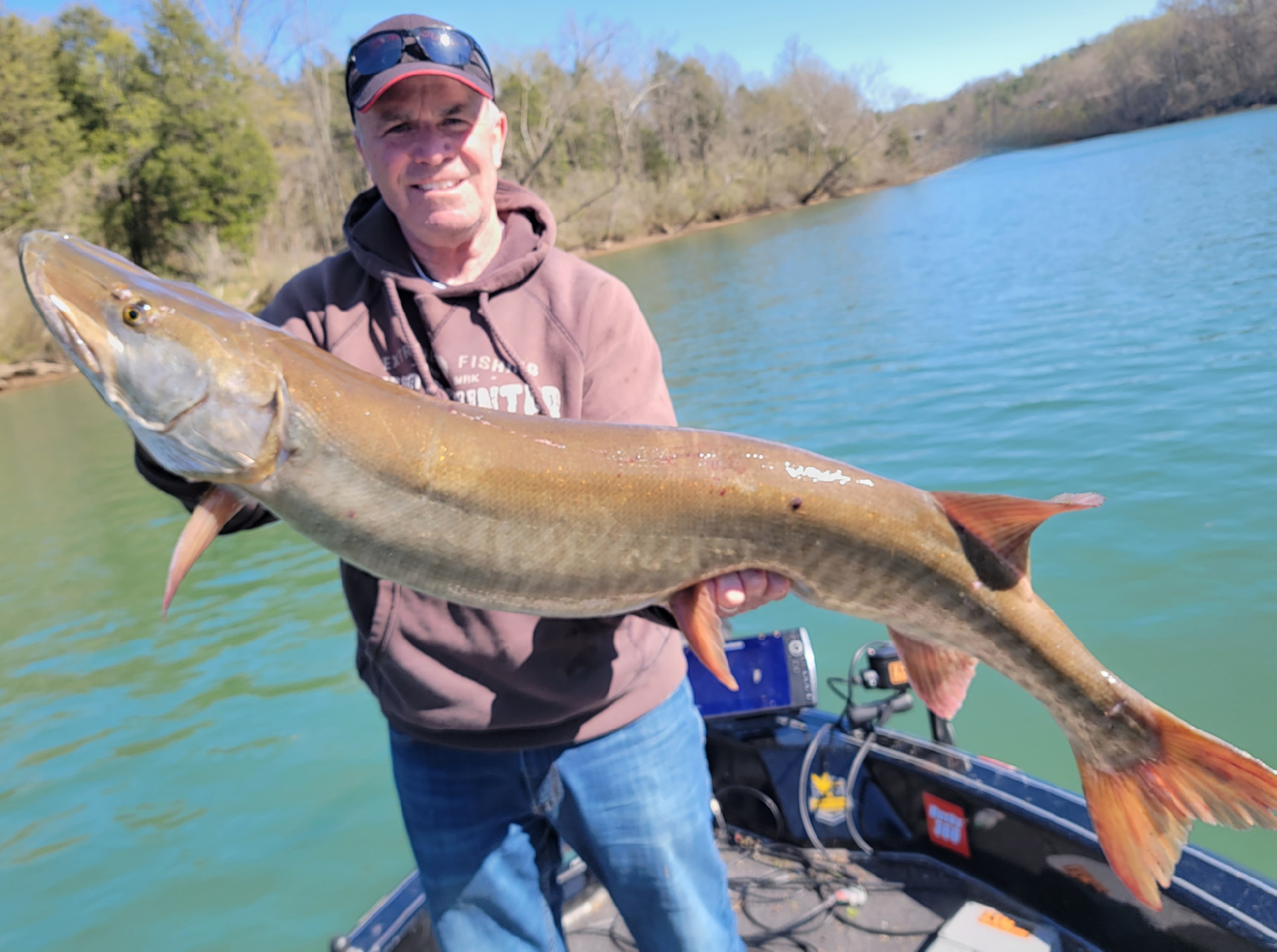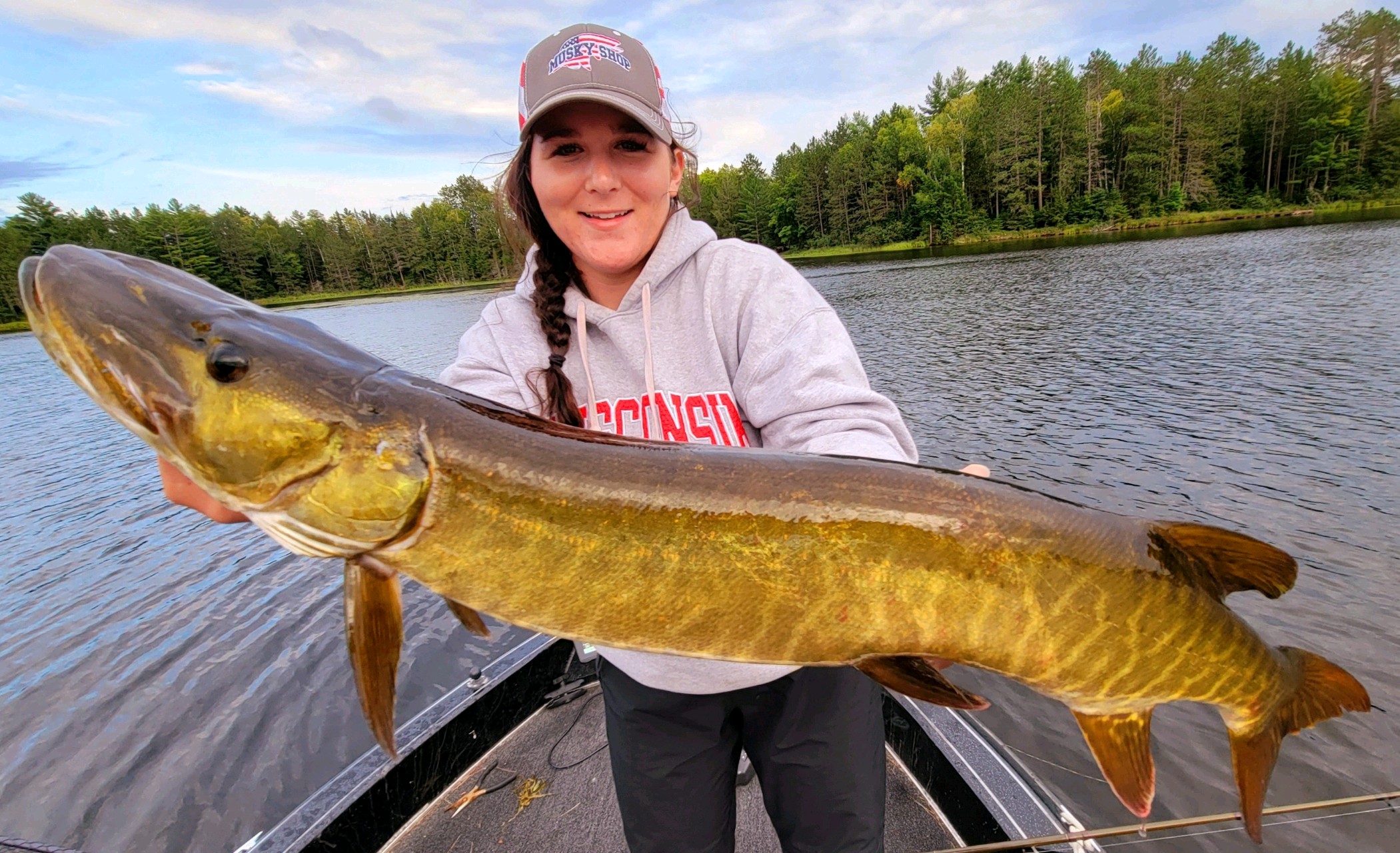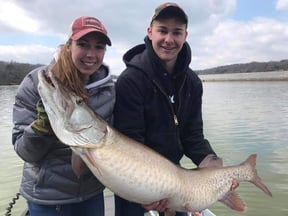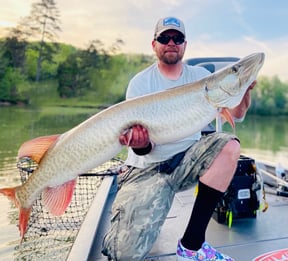Salmon Steelhead In Lexington
Float Fishing Trip
Wade Fishing Trip
River, Lake Fishing in Stanwood
Ice Fishing Michigan
Gauley River Full Day Guided
River, Lake Fishing in Eagle River
1/2 Day Musky Fishing
River, Lake Fishing in Knoxville
Tennessee Musky Fishing
River, Lake Fishing in Knoxville
Tennessee Musky Fly Fishing
Wallhanger Musky Guide Trips
River, Lake Fishing in Pulaski
Morning/Afternoon Trip (6 Hrs)
We started Captain Experiences to make it easy to book fishing and hunting guides around the world. With over 2,000 Damn Good Guides, our platform makes finding and booking a trip seamless. Head here to check out our trips.
The muskellunge, commonly known as muskie or musky, is a freshwater apex predator native to the cool waters of the Northern United States. The musky is the largest member of the pike family and one of the most sought-after inland trophy fish. Muskies inhabit bodies of water which also hold a smaller member of the family, the northern pike. However, once a musky grows big enough, its smaller relative often becomes prey.
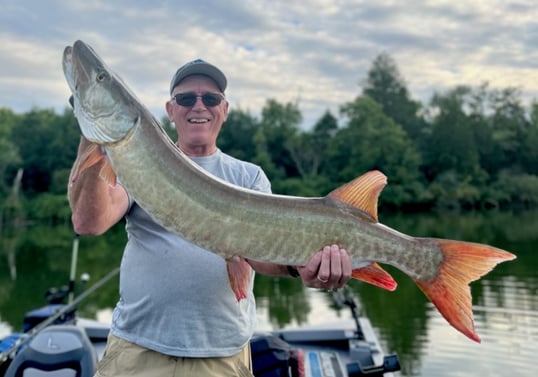
What is a Musky?
The name muskellunge originally comes from tribes native to the northern US and Canada. Depending on the translation the name means “great fish” or “big pike”. The fish itself is a large ambush predator with a long, thin shape built for speed. They have an impressive set of teeth built for snagging prey, and given the opportunity will eat almost anything including reptiles, mammals, and other fish that sometimes appear too large to fit in the musky’s mouth.
Fishing For Musky
Musky are targeted mostly for sport and as a trophy fish due to their size and the difficulty and skill involved in catching them. As a general rule, musky can be finicky and may appear but not seem to like the presentation. There is a reason they are known as the “fish of 10,000 casts”. Sometimes they can be enticed with a last minute figure-8 by the boat but more often than not they will swim away and leave you trying again. This contrasts with pike, who are likely to anything that comes their way.
Since Musky are apex predators, naturally there are fewer of them in a given body of water and they will be fairly spread out. Even with plenty of skill and experience musky anglers are considered successful if they catch one fish or even just get a few bites. Steven put it best by saying “in bass fishing people ask “how’d you do today?” but for musky fishermen they ask “how’d you do this week?””
When’s The Best Time to Catch a Musky?
The ideal water temperature range for muskie is between 60 and 70 degrees which makes them a cool-water fish. The fish are large apex predators that ambush prey. These cooler water temperatures hold enough oxygen in the water for muskie to recover after they exert a large burst of energy to ambush prey.
Within a body of water, muskie will move to find temperatures that are most comfortable. The key areas to target for temperature sensitive fish are deep water, shallow water, and feeding streams. Shallow areas and inflowing water are the most volatile and typically create warmer waters in the summer and cooler in the winter. Deeper waters change temperature slowly which means, compared to other parts of a lake, it’s cooler in the summer and warmer in the winter.
To effectively target muskies, it’s important to understand and target the areas that provides the conditions they prefer. The best times to catch muskie occur in the fall and spring months when temperatures are in the ideal range of 60 to 70 degrees. The peak muskie bite will vary depending on geography and environmental conditions but it can be identified by gaining an intimate understanding of how temperature change occurs in your local body of water. With that knowledge, you will be able to effectively target muskie, and make the most of your time on the water.
Solar-Lunar Tables
When discussing the best time of day to go fishing, dawn and dusk are always great, which is an opinion Steven emphasized before diving into solar-lunar tables. According to Steven “solar-lunar is crucial, the minor & major feeding times are spot on.” Last week while fishing in Wisconsin, he explained that the bite was slow until one of the solar-lunar feeding times hit, then they proceeded to catch six musky in 15 minutes. He explained that “right now all of the bites are at moonset” regardless of whether it happens at midnight or high noon. Steven’s advice for when to target musky is to “always be on a good spot, then wait for the solar-lunar feeding windows.”
Joey Butrus
Updated on July 28, 2023

October 26, 2020

March 8, 2022
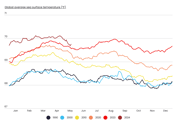
November 15, 2023
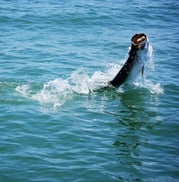
April 15, 2022

January 19, 2021
Related Articles
March 22, 2022
November 29, 2022
August 1, 2022
Featured Locations
- Fishing Charters Near Me
- Austin Fishing Guides
- Biloxi Fishing Charters
- Bradenton Fishing Charters
- Cabo San Lucas Fishing Charters
- Cancun Fishing Charters
- Cape Coral Fishing Charters
- Charleston Fishing Charters
- Clearwater Fishing Charters
- Corpus Christi Fishing Charters
- Crystal River Fishing Charters
- Dauphin Island Fishing Charters
- Daytona Beach Fishing Charters
- Destin Fishing Charters
- Fort Lauderdale Fishing Charters
- Fort Myers Fishing Charters
- Fort Walton Beach Fishing Charters
- Galveston Fishing Charters
- Gulf Shores Fishing Charters
- Hatteras Fishing Charters
- Hilton Head Fishing Charters
- Islamorada Fishing Charters
- Jacksonville Fishing Charters
- Jupiter Fishing Charters
- Key Largo Fishing Charters
- Key West Fishing Charters
- Kona Fishing Charters
- Lakeside Marblehead Fishing Charters
- Marathon Fishing Charters
- Marco Island Fishing Charters
- Miami Fishing Charters
- Montauk Fishing Charters
- Morehead City Fishing Charters
- Naples Fishing Charters
- New Orleans Fishing Charters
- New Smyrna Beach Fishing Charters
- Ocean City Fishing Charters
- Orange Beach Fishing Charters
- Panama City Beach Fishing Charters
- Pensacola Fishing Charters
- Pompano Beach Fishing Charters
- Port Aransas Fishing Charters
- Port Orange Fishing Charters
- Rockport Fishing Charters
- San Diego Fishing Charters
- San Juan Fishing Charters
- Sarasota Fishing Charters
- South Padre Island Fishing Charters
- St. Augustine Fishing Charters
- St. Petersburg Fishing Charters
- Tampa Fishing Charters
- Tarpon Springs Fishing Charters
- Venice Fishing Charters
- Virginia Beach Fishing Charters
- West Palm Beach Fishing Charters
- Wilmington Fishing Charters
- Wrightsville Beach Fishing Charters
